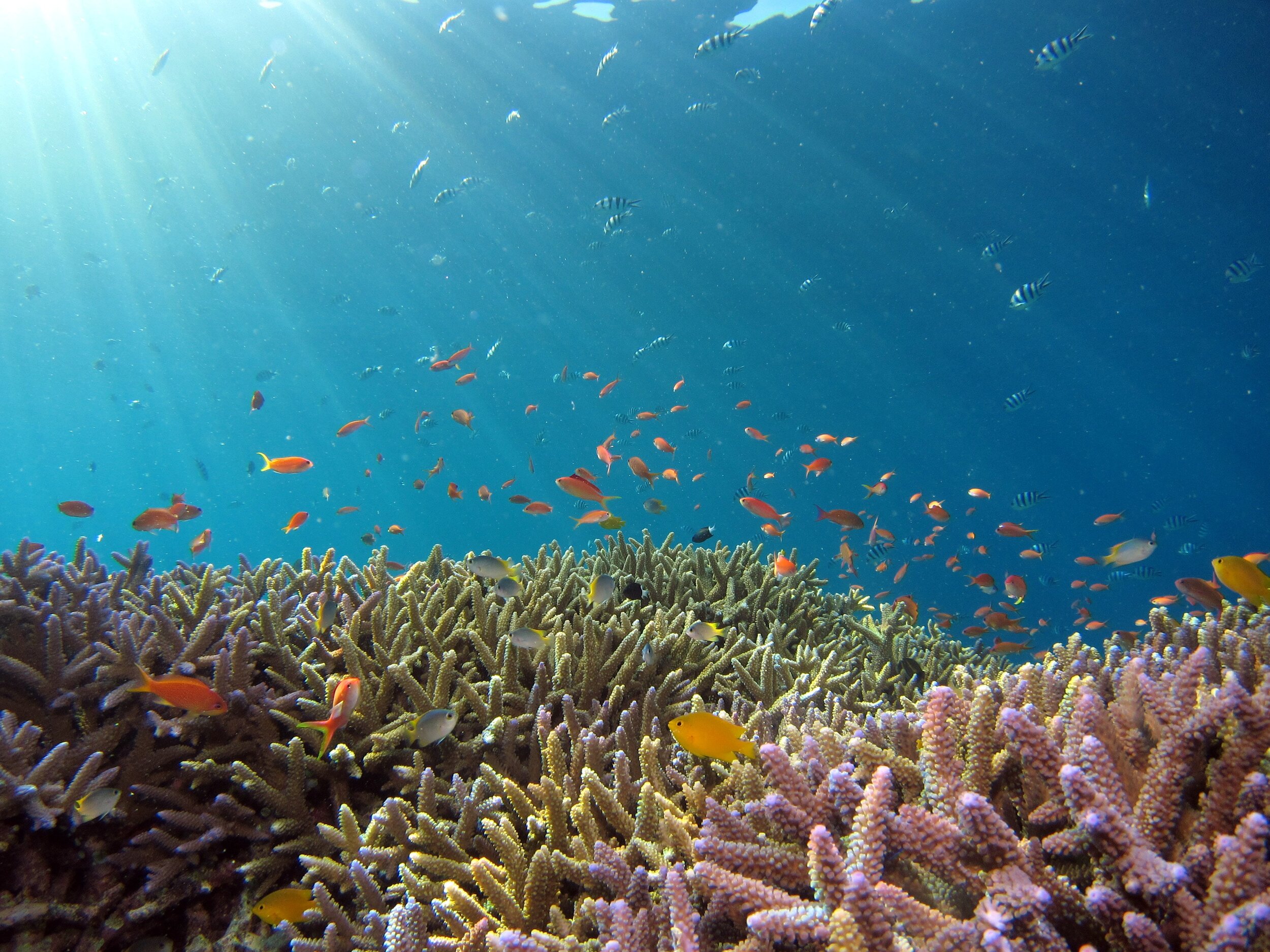
Switch all of your home energy needs to net zero,
save up to £300*, and help us save enough carbon to…
conserve reefs, home to 8.8 billion fish
protect 107 quadrillion insects
prevent Brighton from sinking under 23 metres of sea water

Switch all of your home energy needs to net zero,
save up to £300*, and help us save enough carbon to…
conserve reefs, home to 8.8 billion fish
protect 107 quadrillion insects
prevent Brighton from sinking under 23 metres of sea water

Switch all of your home energy needs to net zero,
save up to £300*, and help us save enough carbon to…
conserve reefs, home to 8.8 billion fish
protect 107 quadrillion insects
prevent Brighton from sinking under 23 metres of sea water
1
See all of the available options
for your address

 Fetching address...
Fetching address...
2
Pick any tariff
or supplier
and we'll make it net
zero for free
3
Save up to
£300 p.a.*
on home energy.
Simple as that!
we'll make it net zero
in your area
and carbon you've saved
money & of new net zero options
We’re on a mission to make the British energy grid net zero and you can help
It takes less than 1 minute

 Fetching address...
Fetching address...
So far, we have saved customers
£759,229 and 1,987 tonnes of carbon
Our certificates and reporting are recognised by:

 Fetching address...
Fetching address...
We are also featured in
You can also spread the news yourself
“Join me in the campaign to turn Britain’s energy grid net zero!”
Frequently asked questions
Net zero energy is energy generated from sources recognised by our energy regulator, Ofgem, as having zero carbon emissions. They are currently renewable energy and nuclear generated energy. You can read more about this here.
Our take on it is this: carbon neutral means you pay for someone else to reduce the carbon they're emitting, whilst you continue to emit what you do, but so they balance each other out. Net zero means you physically remove the equivalent amount of carbon you have emitted from the atmosphere.
The grid is a network of high-voltage power lines, gas pipelines, interconnectors and storage facilities that transport gas and electricity from generators to homes and businesses. Since all the energy gets pooled into the same network, you can’t guarantee that your energy comes from any single source. Green and net zero tariffs instead work by guaranteeing that enough energy from those sources are put into the grid to match the amount of energy you use at home. This is reconciled on an annual basis via certificates that our regulator, Ofgem, validates.
Because the tariff you choose is only reconciled on an annual basis, in terms of matching your usage to net zero sources, there are additional ways you can support net zero energy in our grid. This is to time your usage to when the grid has a higher net zero fuel mix. It’s not always possible to change the time you do things but for example, if you don’t mind when the dishwasher goes on overnight, as long as the dishes are clean in the morning, this is an example of flexible usage i.e. it can happen anytime within a longer timeframe. The National Grid is constantly balancing demand and supply and the grid cannot have either too much nor too little without there being a cost impact. So also responding to when there is a risk of surplus energy in the grid, also massively helps ensure we use and don’t waste energy. You can sign up to our live fuel mix alerts here.
Given renewable energy is essentially powered by the weather, it’s impossible to always predict how much will be generated at any given time. Therefore, to guarantee we all have power, all of the time, there needs to be a mix of energy generated from at least one other source. Nuclear is currently the only other method of generating electricity that is recognised by our regulator, Ofgem, as having zero carbon emissions. Unlike renewable energy, it can be generated predictably, to ensure there is always a minimum baseline of energy that can then be topped up by energy from renewable sources to meet our needs. Things like battery storage can make a difference as to what percentage split might be needed, as this enables renewable energy to be used in a more predictable way, whatever the weather!
The Renewables Obligation is a regulatory requirement on energy suppliers to source a specified proportion of the electricity they provide to customers from eligible renewable sources. This proportion (known as the ‘obligation’) is set each year by the government. The scheme was created to provide financial incentives for the deployment of large-scale renewable electricity in the UK. Suppliers present their Renewable Obligation Certificates (ROCs) annually to our regulator, Ofgem, to demonstrate their compliance with the RO. Suppliers who do not present enough ROCs to meet their obligation must pay a penalty (known as the ‘buy-out price’). The money Ofgem collects in the buy-out and late payment funds is re-distributed on a pro-rata basis to suppliers who presented ROCs. This in effect sees the income intended to go to renewable generators instead paid to energy suppliers, which is why it is important that suppliers are expected to meet their RO instead.
Renewable Energy Guarantees of Origin (REGOs) are certificates that get generated for every unit of renewable electricity that goes into the grid. These are the legal instruments used to prove that your usage has been matched to renewable sources. GoOs or Guarantees of Origin are similar to REGOs but relate to renewable energy that has been generated in Europe, instead of Britain. Given we do still import some energy from Europe, GoS can still be used to match your usage to renewable energy in the grid. So from a legal origination and accounting point of view, GoOs and REGOs are the same. The main difference between them is that these legal attribution certificates have a second purpose, which is to drive more investment into renewable energy, by creating a revenue stream over and above the energy itself. I.e. both the units of energy and these certificates carry value, separate to each other. Therefore, an energy supplier who buys GoOs instead of REGOs is encouraging more investment into Europe, rather than investment at home in Britain. Power Purchase Agreements (PPAs) are contracts between electricity generators and energy suppliers in which the supplier agrees to buy renewable energy on a long-term basis. This commitment gives renewable energy generators a steady income that allows them to make further investments into producing green energy. This is a much higher commitment to supporting renewable energy, than simply buying REGOs or GoOs.
You don’t pay a bean. Your new energy supplier pays us a commission via our partner, GoCompare. This does not influence the energy deal we offer you - we are independent and get paid the same no matter who you choose.
We have previously worked with British Gas; Bulb; EON; EDF Energy; Octopus Energy; OVO Energy; Scottish Power; Shell Energy; So Energy; SSE; SSE Scottish Hydro; SSE Southern Electric; SSE Swalec; Together Energy; Utilita; and Good Energy. We will update this list once switching returns to the market..
Domestic energy represents 72 MtCO2 p.a
According to the UN, this amount of carbon equates to 0.02 degrees celsius, with illustrative examples of context here
Applying 0.2 degrees celsius to those examples, gives us 1% of coral reefs and 1% of all insects.
Reefs home to 8.8 billion fish
Over 25 percent of the ocean species live in coral reefs
The best estimates by scientists place the number of fish in the ocean at 3,500,000,000,000
25% is 875,000,000,000; 1% of that is 8,750,000,000
107 quadrillion insectsThere are approximately 1.4 billion insects for every person on Earth
There are 7,673,533,974 people in the world1,769,895,849 m3 of sea level Global Emissions per year are 50,000 MtCO2 resulting in 3.6mm increase in sea level every year(UNEP). As the total sea surface area in the world is 361.9 million km2, the sea volume increase equals 1,302,840,000,000 m3.
In comparison, UK domestic households energy consumption results in 72MtCO2 of global emissions that results in 0.00518 mm rise in sea level per year. This results in an increase of global sea volume by 1,876,089,600 m3.
This volume of water is enough to submerge the entire Brighton city in approximately 23 metres of water.
Please see here.
They are all truly net zero, we promise

 Fetching address...
Fetching address...
* Between 1 January to 31 March 2020 at least 51% of customers who provided their usage and received a price for switching both gas and electricity via our partner, GoCompare saved £302.30.


















